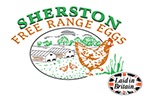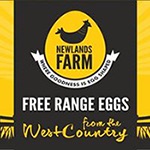New survey results show that 74% of rats analysed carry a resistance gene. One in five have two different genes.
Affected rodents have been located in County Durham, West and East Yorkshire, Greater Manchester, Merseyside, Dorset and the West/East Sussex border.
The situation has occurred because once separate resistance foci have merged and are now interbreeding.
It is important that rodenticides that don’t work against resistant rats should not be used, and conversely, use of resistance-busting rodenticides should not be used where not necessary.
A worrying aspect is that 58% of professional pest controllers were “not very” or even “not at all” concerned about resistance.
Even worse, one-third of farmers could not name the brand of rodenticide they were using, and 28% didn’t know the active ingredient.
The onus is squarely on the user to maximise their knowledge and make responsible decisions about control measures.
Advice is available from the Rodenticide Resistance Action Group, about which anticoagulant will work in each location and resistance status.
Warfarin and Coumatetralyl should not be used against any of the resistant groups.
Difenacoum and Bromodiolone should not be used in Hampshire, Berkshire and the local counties.
They should also be used with care and close observation in Gloucs, Lincolnshire and Yorkshire, as well as Kent and Sussex.
Brodifacoum, Difethialone and Flocoumafen can be used everywhere at the moment.
The group still need more rat tails to monitor for resistance.
Tail tips, 3-5cm long, should not be from poisoned rats. They should be trapped or shot, and may be kept in a freezer, until despatch in the vial, containing preservatives, supplied by the group.
One tail tip per vial with postcode, GPS or Ordnance Survey co-ordinates where collected. The vials are then sent for testing to the Vertebrate Pest Unit of the University of Reading, or directly to DNA testing unit of APHA, Weybridge, Surrey.
Samples should be double-bagged for security reasons and the outer packaging labelled with the WN3373 label, which can be downloaded from: www.thinkwildlife.org









